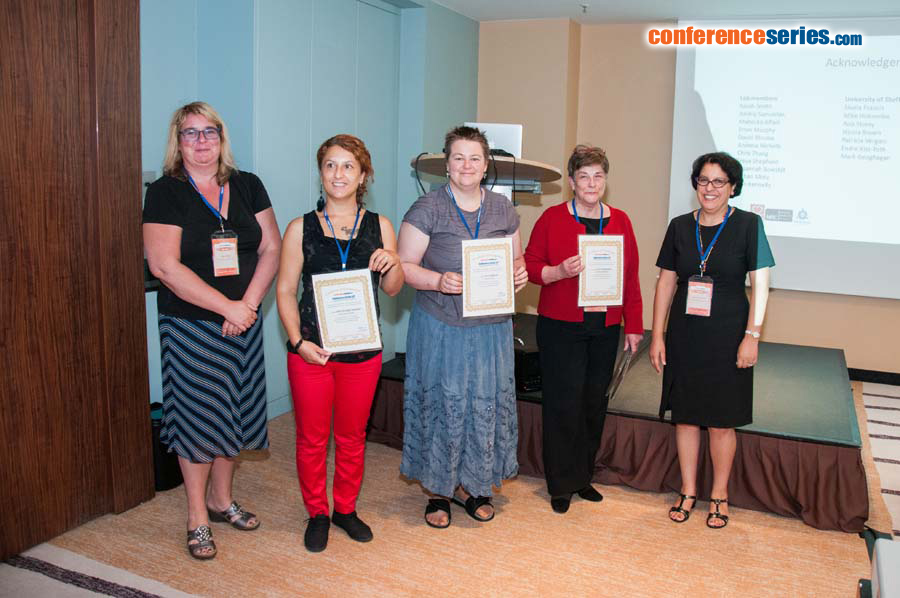Jamila Chakir
Laval University, Canada
Title: Tissue engineering concept of a model of airway bronchial mucosa
Biography
Biography: Jamila Chakir
Abstract
Asthma is an inflammatory disease characterized by an injury-repair cycle in the bronchial wall leading to airway remodeling. Cellular interactions between epithelial cells and underlying fibroblasts play a key role in this remodeling. The available information on resident cells in the bronchial mucosa were obtained from studying fixed bronchial biopsies or from studies conducted on cells grown in monolayers. However, isolated cells can only simulate a small part of the body’s complexity and often lose their morphology and functional properties. Tissue engineering is a field, which applies the principles of biology and engineering to the development of functional substitutes for damaged tissue. The two major goals of tissue engineering are the production of functional tissues that can be grafted into human and the development of in vitro models that are superior to conventional cell cultures mainly because monolayer cultures lack an adequate extracellular matrix. These in vitro models offer the possibility to study different mechanisms involved in many diseases such as asthma. We developed a bronchial mucosa model by tissue engineering using primary fibroblast and epithelial cells isolated from normal and asthmatic human bronchial biopsies. We observed that this model exhibits morphological, histological and functional features of bronchial mucosa. In engineered tissue from normal volunteers, fibroblasts were well organized in the extra-cellular matrix and the epithelial cells proliferate and differentiated to produce a pseudo-stratified structure. Epithelial cells and fibroblasts in this model were able to produce basement membrane proteins. This confirmed that there was functional in vitro cooperation between cells through laminin and type IV collagen synthesis. We used this model to study communication between inflammatory and resident bronchial cells. We found that T cell survival was greater in asthmatic engineered bronchial mucosa and that epithelial cells are more effective than fibroblasts in ensuring T cell survival. We also showed that fibroblasts from asthmatic subjects regulate epithelial cell proliferation and TGF-β signaling may represent one of the pathway involved in these interactions. This sophisticated three dimensional model could be a valuable tool to a better understand key mechanisms involved in inflammation and airway repair in asthma


